Here's a solution using schmitt trigger NAND gates from a 74HC132:
simulate this circuit – Schematic created using CircuitLab
G3 is simply an inverter, creating a nice low impedance square signal, in response to switch position. You might want some kind of switch debouncing, too, which can be done at G3's input. When the switch is closed, G3's input goes high, it's output goes low and discharges C1 and C2 very quickly via diodes D1 and D2. This brings the inputs to G1 and G2 almost immediately low.
When G3's output returns high (the switch opens again), C1 and C2 now charge up to +5V very slowly via R1 and R2. The time constant \$R_1 \times C_1\$ is short, about 0.5s with the values shown. Time constant \$R_2 \times C_2\$ is much longer, more like 10s. These different rise times cause the inputs to gates G1 and G2 to switch states after 0.5s and 10s respectively, and so we have implemented two monostable multivibrators, with periods of approximately 0.5s and 10s respectively. You can set these periods to anything you want by changing C1 (or R1) and C2 (or R2).
G1's output goes low only when the fast monostable has timed-out, after 0.5s. Therefore it is an active low "play" signal that you can use to trigger playback.
G2's output goes high from the moment the switch is closed, and stays there for the whole duration of 10s. It's inverse (provided by G4) is therefore low the whole time, and can be used to drive the gate of a P-channel MOSFET, used as a high-side switch for power to the player circuitry.
These gates really should be schmitt-trigger input types, from something like the 74HC132. You might be able to use standard gates from a 74HC00, but the predictability and sharpness of all the signals will suffer.
There are caveats. One is that maybe you need an active high play signal. I haven't done much thinking about this, but I suspect the player will switch on uncommanded by the switch, when power is applied. There are simple solutions to these problems, such as charging the capacitor high-side, inverting in different places etc. In other words, the principle here is good, but will need tweaking.
Here are simulated outputs PLAY and PWR, so you can see what I mean. The switch is closed and opened again at 1s:
Update: I couldn't resist solving the issue of powering on the player uncommanded, when power is applied to the whole system. I also added switch debouncing:
simulate this circuit
Since PLAY is active low, I've included R6 and D3 prevent the output of G1 (PLAY, which is normally high) from applying a high potential to the player's input, when the player isn't isn't powered.
I believe that this circuit draws almost no current, when the switch is open, long-term.
Also, you can simulate this circuit, and experiment with it in CircuitLab, by clicking "simulate this circuit".
